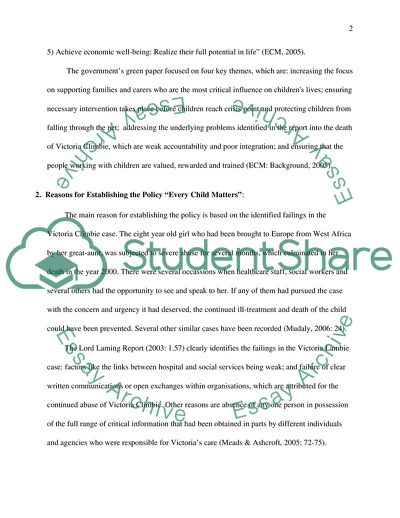Cite this document
(Every Child Matters Case Study Example | Topics and Well Written Essays - 2832 words, n.d.)
Every Child Matters Case Study Example | Topics and Well Written Essays - 2832 words. Retrieved from https://studentshare.org/social-science/1709214-ba-hons-social-work-childcare-essay
Every Child Matters Case Study Example | Topics and Well Written Essays - 2832 words. Retrieved from https://studentshare.org/social-science/1709214-ba-hons-social-work-childcare-essay
(Every Child Matters Case Study Example | Topics and Well Written Essays - 2832 Words)
Every Child Matters Case Study Example | Topics and Well Written Essays - 2832 Words. https://studentshare.org/social-science/1709214-ba-hons-social-work-childcare-essay.
Every Child Matters Case Study Example | Topics and Well Written Essays - 2832 Words. https://studentshare.org/social-science/1709214-ba-hons-social-work-childcare-essay.
“Every Child Matters Case Study Example | Topics and Well Written Essays - 2832 Words”, n.d. https://studentshare.org/social-science/1709214-ba-hons-social-work-childcare-essay.


